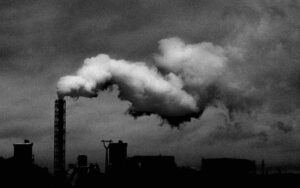It is seen as the ideal solution for dealing with urban waste, but fraud and untruths lie behind this major industry, writes Yan Xiaowei – Dialogue Earth.
“The numbers are often manipulated,” said one industry insider with twenty years of experience. “Never mind what they’re up to. I managed a plant for years, and I’ve done it all. It’s not that you can’t remove dioxins; it’s just that they’re very hard to detect.”
Energy Magazine’s Yan Xiaowei gained access to several such plants and revealed the shady interests and unwritten rules at work.
More on Waste-to-Energy in China.

Four years of waste sorting leaves China’s incinerators short of fuel
Despite a reduction in the requisite material, China continues to build new waste-to-power incinerators. Its policy for utilising waste needs standardising and refining writes Li Jiacheng

Chinese waste: the burning issue
The state remains unprepared for the pollution and protests its ambitious garbage-incineration plans could generate, writes Yu Dawei.

Dirty truth about China's incinerators
China's "clean" trash burning plants have a dark underside, writes Elizabeth Balkan. Stuffed with coal, many operate like fossil-fired power stations, only more laxly governed.

Veolia Likeng incinerator in Guangzhou
Local government officials and Veolia insisted that the incinerator operated according to EU standards and that the high temperature used in the facility would destroy all pollutants including dioxins and furans. However, a 2009 news investigation of the ashes surprisingly found intact rope, cloth, red plastic bags, and shoes, indicating incomplete combustion.

